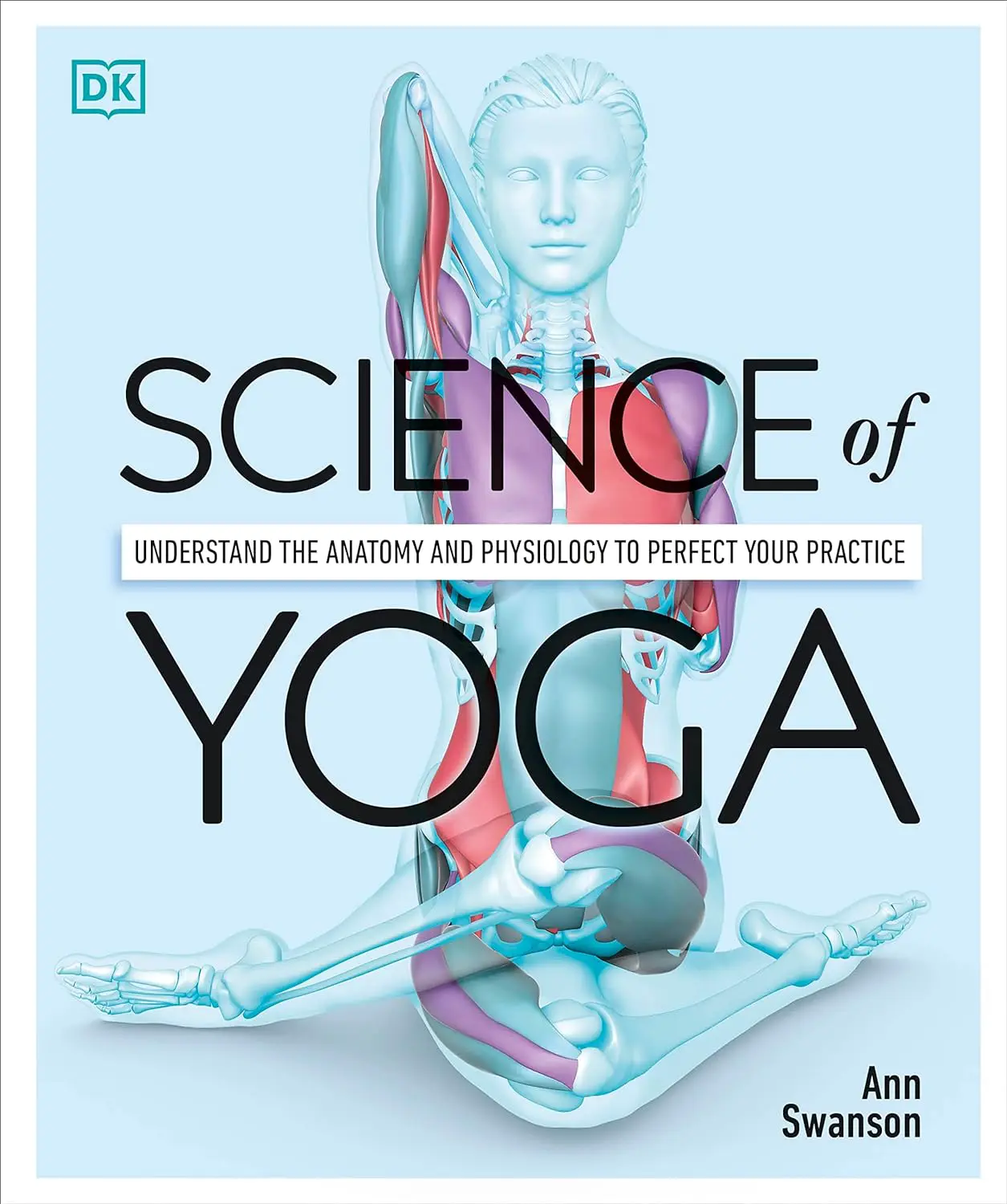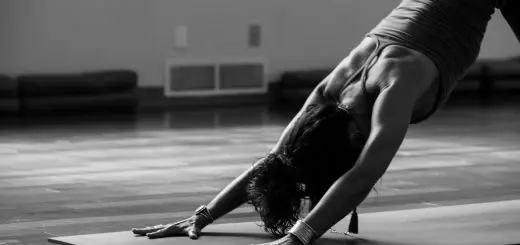Yoga Philosophy: Understanding the Eight Limbs

Looking for more amazing products? Check out our online store and explore our collection here! Happy shopping!
Before diving in, please note: This post is for informational purposes only. If you’d like to know more about how we approach topics, feel free to check out our friendly Disclaimer Page.
Hey there, amazing readers! 
We’re committed to delivering quality posts, and your support (even just sticking around despite the ads) means everything to us. So, bear with us, and thanks for helping us keep the good vibes rolling. Now, on to the fun stuff!
TRANSLATE BUTTON AT THE END OF THE ARTICLE
A Quick Overview
Yoga is often seen as a series of physical postures, but its roots run much deeper.
At its core, yoga embodies a philosophy that extends well beyond the mat.
The essence of yoga lies in its ability to transform our lives, connect us with our inner selves, and cultivate harmony in our relationships with others.
One of the most profound aspects of yoga philosophy is the Eight Limbs, outlined by Patanjali in the "Yoga Sutras." This framework not only guides us in our practice but also serves as a roadmap for leading a fulfilled and meaningful life.
Let’s embark on this joyful journey together, exploring each limb in detail.
The Essence of Yoga: More Than Just Poses
When I first started yoga, I thought it was all about nailing the perfect downward dog or mastering my balance in tree pose.
While those elements are undeniably fun and important, the essence of yoga is richer and more expansive.
It’s like peeling an onion—each layer reveals deeper insights and wisdom.
Yoga teaches us about life, relationships, and, most importantly, ourselves.
Through yoga, I’ve learned that the postures (asanas) are just one aspect of a much broader philosophy.
They serve as tools to prepare our bodies and minds for deeper practices of meditation and self-exploration.
This journey is about finding balance and cultivating a sense of peace in our daily lives.
We can learn to be more present, compassionate, and resilient, which ultimately enhances our overall well-being.
What Are the Eight Limbs of Yoga? A Brief Overview
The Eight Limbs of Yoga, or "Ashtanga," provide a comprehensive guide to living a yogic life.
They form an intricate tapestry that weaves together ethical principles, personal practices, and meditative techniques.
Here’s a quick rundown:
Yama: Ethical standards and moral discipline.
Niyama: Personal observances and self-discipline.
Asana: Physical postures and movements.
Pranayama: Breath control and techniques.
Pratyahara: Withdrawal of the senses and introspection.
Dharana: Concentration and focused attention.
Dhyana: Meditation and contemplation.
Samadhi: The ultimate state of bliss and union with the divine.
These limbs are interconnected, each one building upon the others.
They guide us toward a holistic lifestyle, fostering physical health, mental clarity, and spiritual well-being.
Now, let’s dive into each limb and see how they can transform our lives.
Yama: Exploring Ethical Guidelines for a Blissful Life
The first limb, Yama, emphasizes ethical conduct and moral values.
Think of it as your yoga compass, guiding your interactions with others and yourself.
Here are the five Yamas:
Ahimsa: Non-violence and compassion toward all living beings.
Satya: Truthfulness in thought, word, and deed.
Asteya: Non-stealing and respecting the possessions of others.
Brahmacharya: Moderation and self-control in all aspects of life.
Aparigraha: Non-attachment and letting go of greed.
Practicing Yama has been eye-opening for me.
For instance, embracing non-violence (Ahimsa) has shifted my perspective on how I treat myself.
I began to replace self-criticism with self-compassion.
The truthfulness (Satya) aspect nudged me to be honest not just with others, but also with myself.
These ethical guidelines create a strong foundation for personal growth and healthier relationships.
The more we embody these values, the more joy we invite into our lives.
Niyama: Cultivating Personal Discipline for Harmony
While Yama focuses on our relationships with others, Niyama turns the spotlight inward.
It’s all about self-discipline and personal observances.
There are five Niyamas to explore:
Saucha: Purity of body and mind; cleanliness.
Santosha: Contentment and acceptance of what we have.
Tapas: Self-discipline and willpower in our actions.
Svadhyaya: Self-study and reflection on our thoughts and behaviors.
Ishvara Pranidhana: Surrender to a higher power or the universe.
Incorporating these practices into my life has been transformative.
For example, practicing contentment (Santosha) has helped me appreciate what I have rather than dwelling on what I lack.
On days when I feel overwhelmed, a moment of self-reflection (Svadhyaya) can bring clarity.
Niyama encourages us to cultivate a deeper connection with ourselves, fostering inner peace and harmony.
Asana: The Joy of Movement and Physical Postures
Asana, the third limb, is where most people begin their yoga journey.
It consists of the physical postures that promote strength, flexibility, and balance.
However, as I’ve learned, Asana is not just about the poses; it’s about connecting with our bodies and breath.
Practicing Asana can be a joyful experience.
When I flow through my routine, I feel a sense of liberation.
Each pose teaches me to listen to my body, honoring its unique needs.
The physical practice acts as a bridge, connecting the mind and body.
It prepares us for deeper contemplative practices that follow.
One of the most exciting aspects of Asana is its adaptability.
Whether you’re a seasoned yogi or a beginner, there’s a practice suited for you.
Perhaps you prefer gentle stretches or a more vigorous flow.
The key is to find what resonates with you and enjoy the journey.
Pranayama: Breathing Techniques for Vital Energy Flow
Pranayama, the fourth limb, involves breath control and techniques that enhance our life force, or prana.
Our breath is powerful; it can calm us, energize us, and connect us to the present moment.
Here are a few techniques I’ve found helpful:
Ujjayi breath: A slow, deep breath that creates a soothing sound, often used during practice.
Nadi Shodhana: Alternate nostril breathing that balances the left and right hemispheres of the brain.
Kapalabhati: A rapid, forceful breath that energizes and revitalizes the body.
Incorporating Pranayama into my routine has been a game-changer.
I often use breathwork before diving into meditation.
It helps clear my mind and prepares me for deeper introspection.
I find that when I focus on my breath, I can navigate stress with greater ease and clarity.
Pratyahara: Turning Inward to Discover Inner Peace
Pratyahara, the fifth limb, encourages us to withdraw our senses from external distractions.
It’s about turning our attention inward and tuning into our thoughts and emotions.
In our fast-paced world, this practice feels vital.
When I engage in Pratyahara, I often find a quiet space within myself.
It’s in this space that I can explore what’s really happening beneath the surface.
I’ve realized that many of my reactions to the world stem from external noise and distractions.
By practicing Pratyahara, I can break free from these patterns.
One way to practice Pratyahara is through meditation.
As I sit in silence, I notice my thoughts drifting, but I gently guide my focus back to my breath.
This intentional withdrawal allows me to find peace within, ultimately enhancing my connection to the world around me.
Dharana: The Art of Concentration for Focused Mind
Dharana is all about concentration, the sixth limb of yoga.
It’s the practice of focusing the mind on a single point, whether that’s your breath, a mantra, or an object of meditation.
This is where I often stumble.
Our minds are like wild horses—difficult to tame!
But that’s where the beauty of Dharana comes in.
I start by picking a simple object to focus on.
It could be a candle flame or even a sound, like the hum of a fan.
When distractions arise—because they will—I gently redirect my attention back to my focal point.
Over time, I’ve found that this practice enhances my ability to concentrate in other areas of life.
In a world filled with endless distractions, honing the skill of concentration is invaluable.
It allows us to be more present, productive, and engaged in our daily activities.
Dhyana: Embracing Meditation for Deep Inner Stillness
Dhyana, the seventh limb, is the practice of meditation.
It’s about diving deeper than Dharana and entering a state of sustained focus.
I like to think of it as the cultivation of awareness.
Initially, I struggled with meditation.
Sitting still was a challenge, and my mind would race with thoughts.
However, as I persisted, I began to experience moments of profound stillness.
Those moments felt like pure bliss—an escape from daily stressors and a chance to connect with my true self.
Dhyana invites us to observe our thoughts without judgment.
It’s about being present, allowing ourselves to simply "be." Over time, this practice has transformed how I approach life’s challenges.
I’ve learned that I don’t have to react; I can simply observe and respond with clarity.
Samadhi: The Blissful State of Oneness and Joy
Samadhi, the final limb, is the ultimate state of bliss and union with the universe.
It’s often described as the experience of oneness, where we feel deeply connected to everything around us.
This is the state many of us aspire to achieve through our yoga practice.
While I haven’t fully reached this state, I’ve experienced glimpses of it during deep meditation or moments of profound connection with nature.
It’s that feeling of losing track of time and self, where joy radiates from within.
Samadhi invites us to experience life in its fullness.
It reminds us that we are part of something greater and that joy can be found in the simple moments.
This limb encourages us to integrate our experiences on the mat with our daily lives.
Applying the Eight Limbs: Transforming Your Daily Life
So how do we bring the Eight Limbs into our everyday lives?
It’s a journey, not a destination.
I’ve found that small, consistent practices yield the most meaningful results.
Here are some tips to get you started:
Set intentions: Begin your yoga practice with a clear intention to connect with the limbs.
Reflect on Yama and Niyama: Journaling about how you embody these ethical principles can foster deeper understanding.
Integrate breathwork: Practice Pranayama before or after your asanas to enhance your experience.
Create a meditation routine: Dedicate a few minutes each day to Dhyana, even if it’s just focusing on your breath.
Explore nature: Use Pratyahara by stepping outside and absorbing the beauty around you.
Transforming daily life through yoga is about finding joy, balance, and connection.
Each limb provides a unique opportunity for growth and understanding.
As we apply these principles, we not only enrich our own lives but also the lives of those around us.
Conclusion
The Eight Limbs of Yoga provide a comprehensive framework for understanding yoga philosophy.
They extend far beyond the physical practice, offering a roadmap for personal growth and connection.
Each limb contributes to a holistic approach to life, encouraging us to cultivate ethical standards, personal discipline, and inner peace.
As we navigate this journey, let’s remember to embrace the joy and challenges along the way.
The path of yoga is not just about perfecting postures but about finding harmony within ourselves and the world around us.
So roll out your mat, take a deep breath, and let this joyful journey unfold!

The Enlightenment Journey is a remarkable collection of writings authored by a distinguished group of experts in the fields of spirituality, new age, and esoteric knowledge.
This anthology features a diverse assembly of well-experienced authors who bring their profound insights and credible perspectives to the forefront.
Each contributor possesses a wealth of knowledge and wisdom, making them authorities in their respective domains.
Together, they offer readers a transformative journey into the realms of spiritual growth, self-discovery, and esoteric enlightenment.
The Enlightenment Journey is a testament to the collective expertise of these luminaries, providing readers with a rich tapestry of ideas and information to illuminate their spiritual path.
Our Diverse Expertise
While our primary focus is on spirituality and esotericism, we are equally passionate about exploring a wide range of other topics and niches 

To ensure we provide the most accurate and valuable insights, we collaborate with trusted experts in their respective domains 
Our blog originally focused on spirituality and metaphysics, but we’ve since expanded to cover a wide range of niches. Don’t worry—we continue to publish a lot of articles on spirituality! Frequently visit our blog to explore our diverse content and stay tuned for more insightful reads.
Hey there, amazing reader! 
Check out our store here and take a peek at some of our featured products below! Thanks for being awesome!











